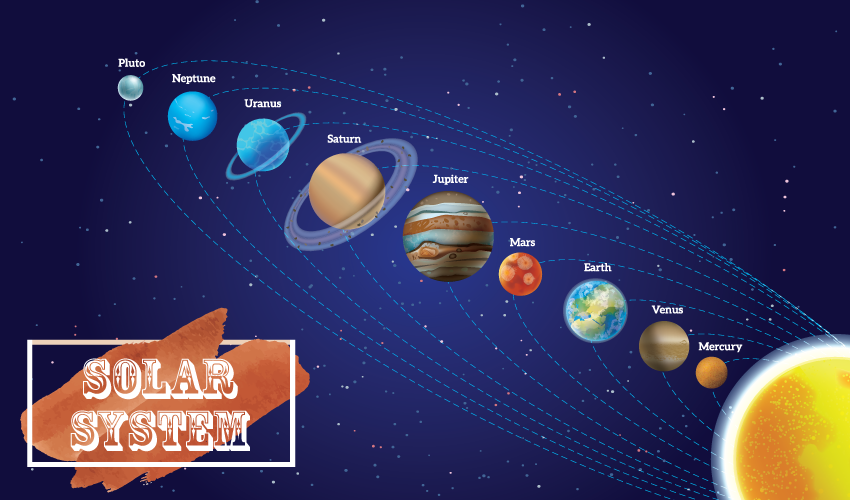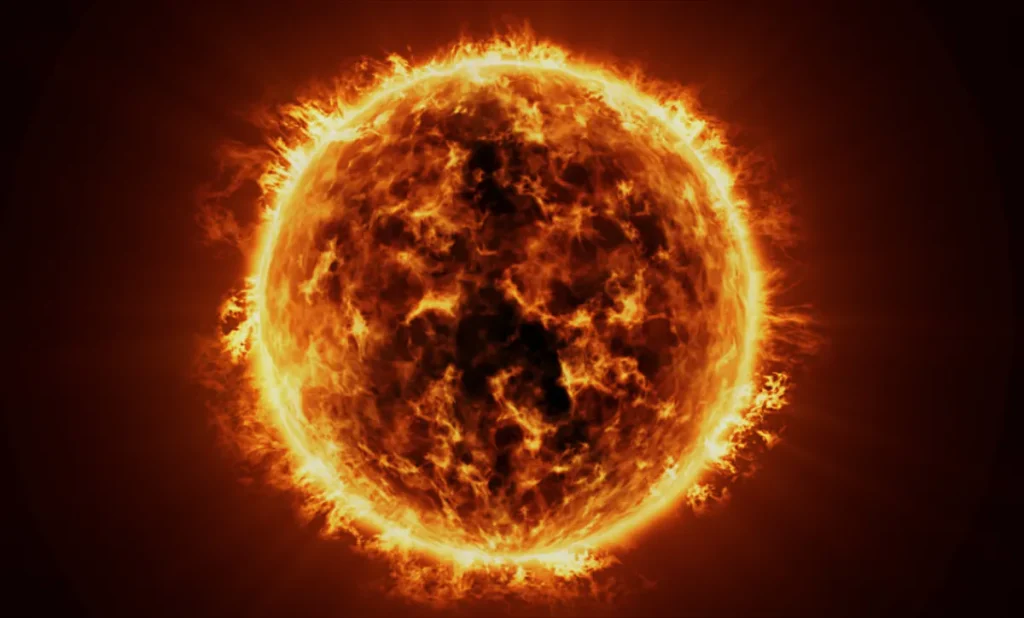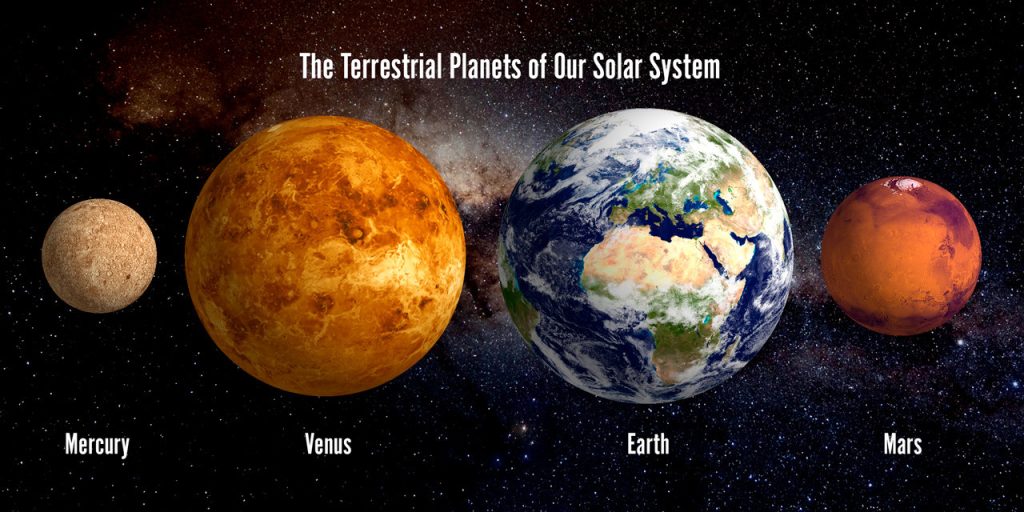
The Solar System is a fascinating collection of celestial bodies centered around the Sun, a massive star providing the gravitational pull that binds everything together. It consists of eight planets, their moons, dwarf planets, asteroids, comets, and interplanetary dust, each contributing to the dynamic environment of space.
The Sun: The Heart of the Solar System

The Sun, a G-type main-sequence star, dominates the Solar System with its immense mass and energy output. Its gravitational force holds the planets in their orbits and supplies energy that sustains life on Earth. The Sun’s core facilitates nuclear fusion, converting hydrogen into helium and releasing vast amounts of energy.
The Planets
The planets are divided into two categories:


Each planet has unique features:

- Mercury is closest to the Sun and experiences extreme temperature variations.
- Venus has a dense atmosphere of carbon dioxide, making it the hottest planet.
- Earth, our home, supports life thanks to its moderate climate and abundant water.
- Mars, the “Red Planet,” holds signs of past water activity, sparking interest in its potential to harbor life.
- Jupiter has a Great Red Spot, a giant storm persisting for centuries.
- Saturn is famous for its intricate ring system.
- Uranus rotates on its side, likely due to a past collision.
- Neptune is the windiest planet, with supersonic storms.
Beyond the Planets
Dwarf planets like Pluto, Ceres, and Eris inhabit the Solar System, primarily in the Kuiper Belt and asteroid belt. Comets, originating from regions like the Oort Cloud, are icy bodies that develop tails when approaching the Sun.
Exploration and Discoveries
Space missions, such as the Voyager probes and New Horizons, have provided detailed data on the outer Solar System. The James Webb Space Telescope and ground-based observatories continue to uncover details about exoplanets and distant Solar System objects. Recent studies suggest that some moons, like Europa and Enceladus, may have subsurface oceans capable of supporting life.
The Future of Exploration
NASA and other space agencies are planning missions to explore icy moons and the Kuiper Belt in more depth. Understanding the Solar System not only satisfies our curiosity but also helps us grasp Earth’s place in the universe.
the powerful Sun to the diverse planets and mysterious moons, offering endless opportunities for exploration and discovery.
allaboutimage.org
Wow, the solar system is just so mind-blowing, I never knew there was so much to learn about each planet!
slotmahjongways3.com
The Solar System is a captivating collection of celestial bodies, with the Sun at its heart, driving planetary motion and sustaining life, while ongoing exploration uncovers the mysteries of distant moons, planets, and beyond. phamngocson.com
Wow, the Solar System is like a cosmic treasure chest so much variety and mystery to explore! metforminpharm.com
The Solar System is like an amazing cosmic playground, with each planet and moon offering its own unique secrets! https://bobbykertanegara.com